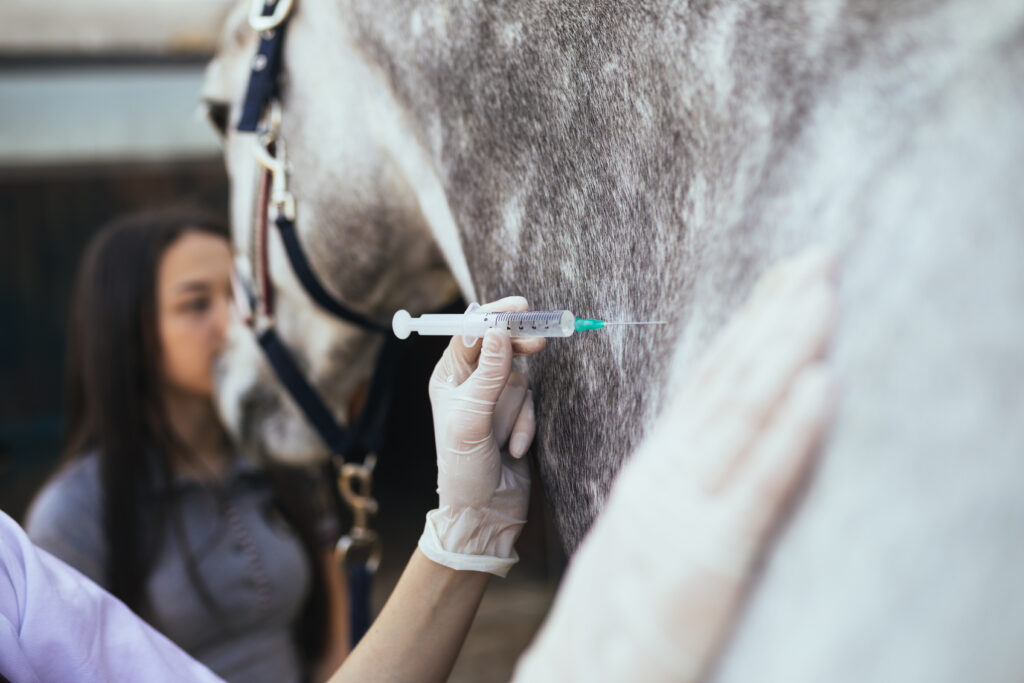HOME
Conserving and Restoring the Horned Toad’s Natural Habitat

By Jessica Crabtree
Texas is well known for its state flag, shape, size and of course, the Texas Longhorn. Another historic figure, much smaller, is sometimes considered the state’s mascot. It is the iconic Texas horned lizard, also known as the horned frog or horned toad.
Their scientific name Phrynosoma means “toad-body.” The interesting creatures are named for the crown of horns on their heads, their size and number of horns, which vary among species.
Unfamiliar to most, the horned toad, lizard or frog is not an amphibian, but is a reptile with scales, claws and reproduces on land. According to Texas Park and Wildlife, there are more than a dozen different horned lizard species throughout western North America. The horned lizard wears a fierce appearance with its flat body and numerous horns. All of the horned toad’s horns are prominent, with two large horns central to the head spines, which are much longer.
A horned toad is brown in color and has two rows of fringed scales along each side of its body. Although intimidating to an observer, the horned toad offers no harm. Amazingly enough, the reptile’s appearance and coloration allow it excellent blending to its environment when necessary. The Texas horned lizards have a light line that can be indentified, extending across from the head down the middle of the back. It is the only species of horned lizard to have a dark brown strip that extends downward from the eyes and across the top of their head.
In Texas, there are three species of horned lizards. The most widespread is the Texas Horned Toad (Phrynosoma cornutum).
The other two species being Round-Tailed Horned Lizard (Phrynosoma modestum) and the Greater Short-Horned Lizard (Phrynosoma hernandesi).
These species inhabit arid and semiarid habitats in open areas with sparse plant cover. However, they can each be readily distinguished. It is common one may find a horned lizard in loose or loamy soil since they dig for hibernation, nesting and insulation.
As for other areas the horned lizard inhabits, the Texas Parks and Wildlife reports horned lizards range from the south-central United States to northern Mexico, throughout much of Texas, Oklahoma, Kansas and New Mexico. In recent years the decrease in population has grabbed the attention of landowners, ranchers, farmers and horned toad lovers. Currently, according to Texas Parks and Wildlife, the Texas horned lizard is listed as a threatened species in Texas (federal category C2).
To read more pick up a copy of the September 2017 NTFR issue. To subscribe call 940-872-5922.
HOME
Preparing Spring Gardens

By Hannah Claxton | Editor
The North Texas area is located within USDA Hardiness zones seven and eight. The zones are categorized by predicted low temperatures for winter and timing of the first and last frosts.
Zone seven usually has winter low temps between 0 and 10 degrees F with the average date of the first frost falling between Oct. 29 and Nov. 15 and the average date of the last frost falling between March 22 and April 3.
Overall, these two zones have similar climates and growing conditions, making the options for timing and variety within a garden very similar.
In these zones, cool-season crops should go in the ground in March, meaning that soil preparation should start now.
To read more, pick up a copy of the January edition of North Texas Farm & Ranch magazine, available digitally and in print. To subscribe by mail, call 940-872-5922.

HOME
Equine Vaccinations

By Heather Lloyd
Vaccinations are a critical component of maintaining the health and well-being of horses, especially in environments where they are exposed to other animals, such as in the sport, show and performance arenas. Horses, like all animals, are susceptible to various infectious diseases that can spread quickly and cause serious harm.
A routine vaccination schedule helps prevent the spread of these diseases by preparing the horse’s immune system.
To read more, pick up a copy of the November edition of North Texas Farm & Ranch magazine, available digitally and in print. To subscribe by mail, call 940-872-5922.

HOME
Wichita Falls Area Cattlewomen

Having herds on a controlled breeding schedule means that we have a predictable calving schedule, and while it’s only over a couple of months, for us it does fall right after the start of the year. I lobby annually to call ours the “Winter calving season”, but I am outvoted and my husband still refers to it as Spring. Unlike producers in our Northern States, we don’t have to contend with brutally harsh winter weather, and on those rare times we do, thankfully it is not for extended periods. Regardless of whether you have a Spring or a Fall calving schedule, the health of a newborn calf begins with the mother’s health, and the mother’s health is largely dependent on the producer.
To read more, pick up a copy of the November edition of North Texas Farm & Ranch magazine, available digitally and in print. To subscribe by mail, call 940-872-5922.

-

 Country Lifestyles2 years ago
Country Lifestyles2 years agoScott & Stacey Schumacher: A Growth Mindset
-

 Country Lifestyles8 years ago
Country Lifestyles8 years agoStyle Your Profile – What your style cowboy hat says about you and new trends in 2017
-

 HOME8 years ago
HOME8 years agoGrazing North Texas – Wilman Lovegrass
-

 Outdoor10 years ago
Outdoor10 years agoButtercup or Primrose?
-

 Country Lifestyles5 years ago
Country Lifestyles5 years agoAmber Crawford, Breakaway Roper
-

 Country Lifestyles9 years ago
Country Lifestyles9 years agoJune 2016 Profile – The man behind the mic: Bob Tallman
-

 Country Lifestyles8 years ago
Country Lifestyles8 years agoDecember 2016 Profile, Rusty Riddle – The Riddle Way
-

 Equine1 year ago
Equine1 year agoThe Will to Win




